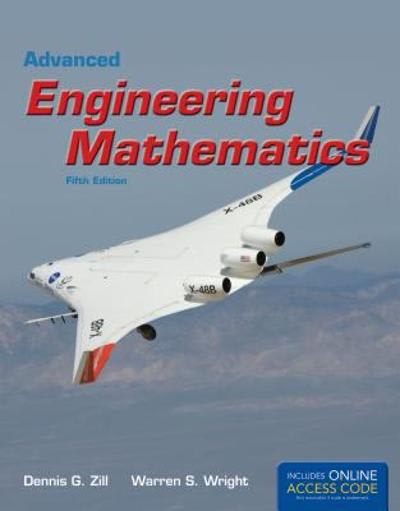Answered step by step
Verified Expert Solution
Question
1 Approved Answer
Model the following problem using Markov Chains: A, B, and C roll a pair of dice in turn. A wins if she gets a sum
Model the following problem using Markov Chains: A, B, and C roll a pair of dice in turn. A wins if she gets a sum of 11, B wins if she gets a sum of 10, and C wins if she obtains a sum of 9. The game ends when a player wins. (25 pts) (a) write down the transition probability matrix if the players roll with the sequence A, B, and C. Is the Markov Chain ergodic? If not what are the absorbing states, as well as the Q and R matrices? (b) find the winning probabilities for all players if the game starts with A (c) Now consider the following modification: each time the player who will roll next is determined by the roll of a fair dice (from the beginning). If the dice is 3 or less player A rolls next, if it is 4 or 5, B rolls next, and C rolls if the dice shows 6. For this version write down the transition probability matrix. (d) In part (c), if you have the chance to choose one of the positions, which one you will choose and why? (make necessary computations)
Step by Step Solution
There are 3 Steps involved in it
Step: 1

Get Instant Access to Expert-Tailored Solutions
See step-by-step solutions with expert insights and AI powered tools for academic success
Step: 2

Step: 3

Ace Your Homework with AI
Get the answers you need in no time with our AI-driven, step-by-step assistance
Get Started


